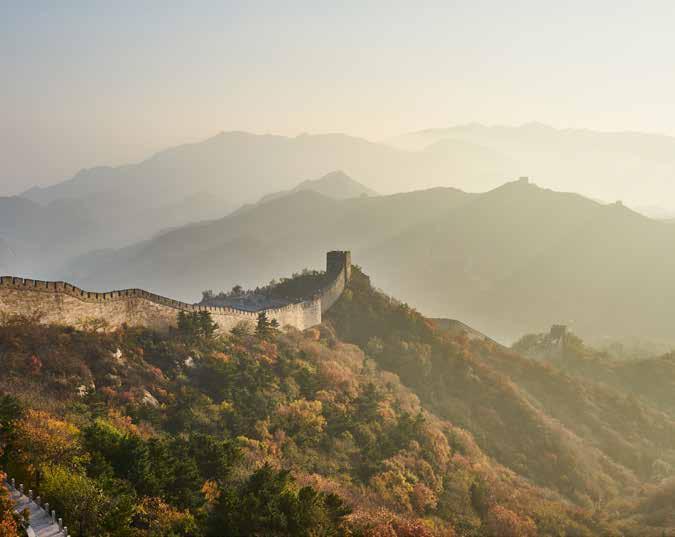
2 minute read
Community Footprint: the Venice of the future
by readit
COMMUNITY FOOTPRINT the Venice of the future
Telling the story of Venice in its economic dimension requires describing the historical tradition of glass factories on the water. But the history of Venice must be read through the actualization of new forms and realities,in a new way of life. Today, glass technicians work with Universities and tell them about a new community made of an exchange of knowledge between young architects and historical craftsmen, in order to preserve the ancient knowledge and adapt it to the new productive needs.
Advertisement
In this way, quality craftsmanship is born in laboratories that are witnesses of future work, that invest in solidarity, inclusion and sustainability and that become ateliers of proximity. These are small realities, inserted in the historical context of the city, that even during the Covid-19 pandemic have been able to reinvent themselves by converting their productions into sanitary face masks later donated to those who, in the emergency, needed help.
There are many examples of realities that apply the SDGs and they can be seen walking around the city. Even the organic market tells of an experience of street workshops, of artisans who, among the fruit and vegetable stalls, offer recycled products and teach their craft to the most fragile and disadvantaged. Organic crops and environmentally sustainable products are examples of a city that looks to future generations. Tourist products such as Venice Carnival masks take on a new meaning and are produced by prisoners in their workshops.
The sense of change in a reality that continues to have uncertain future scenarios, starts from the choices that are made. The “Impronta di Comunità” project goes in the direction of a change of perspective that brings together and enhances the rights of people, including the most fragile, the social responsibility of the public body and the productive economic sector and the resources of the third sector. It is primarily a place where people with disabilities meet, enter into relationships by engaging in the creation of artefacts, changing and giving a new meaning to their daily lives, as well as the labour market and the social context of the territory.
We want to put this experience as a laboratory, taken in the double meaning of a place of learning / production, but also as a reality of study and observation for the deepening of new forms of social economy. Let us therefore be carried away by the images and sounds of the teeming community life.











